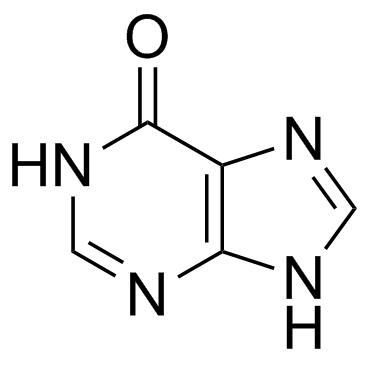| Structure | Name/CAS No. | Articles |
|---|---|---|
 |
Hypoxanthine
CAS:68-94-0 |
|
 |
Phosphorylase purine nucleoside
CAS:9030-21-1 |